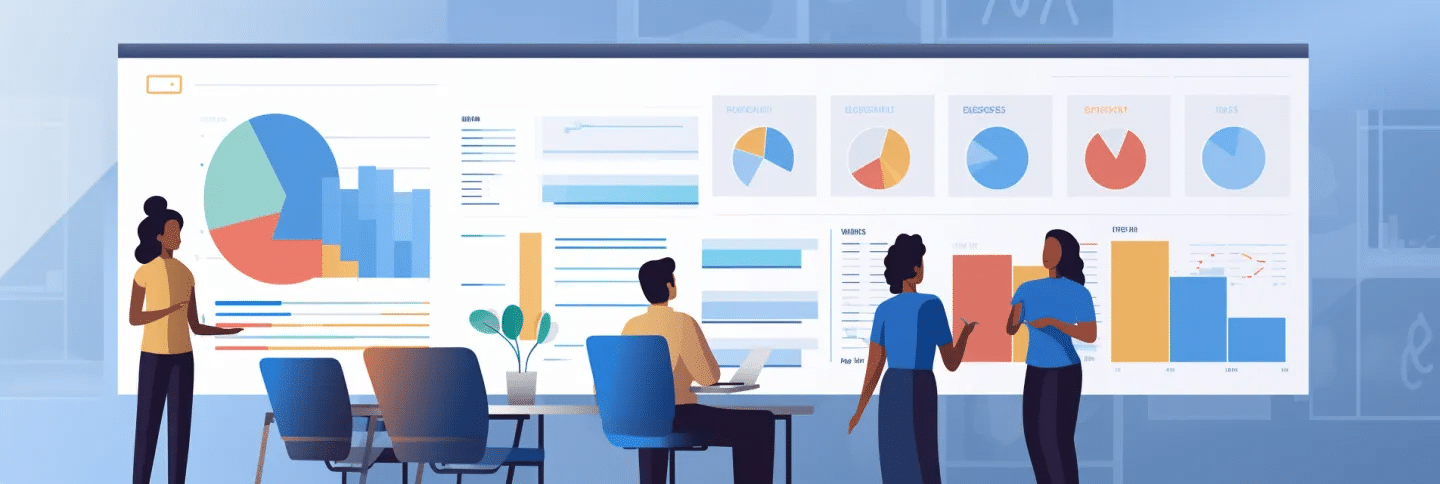
What are Post Implementation Reviews?
November, 2023
by Jane Temov.
Jane Temov is an IT Environments Evangelist at Enov8, specializing in IT and Test Environment Management, Test Data Management, Data Security, Disaster Recovery, Release Management, Service Resilience, Configuration Management, DevOps, and Infrastructure/Cloud Migration. Jane is passionate about helping organizations optimize their IT environments for maximum efficiency.
In today’s fast-paced business environment, the success of a project hinges not just on the effective execution but also on thorough post-completion analysis. This is where Post Implementation Reviews (PIRs) come into play. They are a critical component of project management, allowing organizations to evaluate the success and efficacy of their initiatives.
Innovate with Enov8
A Platform of Insight
Managing your IT & Test Environments, Releases & Data.
This comprehensive article delves into the concept of PIRs, their significance, and how tools like Enov8 Release Manager can revolutionize the way these reviews are conducted.

Conclusion
Post Implementation Reviews are an indispensable part of the project management process. They provide valuable insights into the successes and shortcomings of projects, driving continuous improvement. In the age of digital transformation, tools like Enov8 Release Manager are game-changers, enhancing the efficiency and effectiveness of PIRs. By adopting such tools, organizations can ensure that their projects are not just completed but also contribute to the long-term success and growth of the company.
This comprehensive approach to PIRs, facilitated by advanced tools, is not just a best practice but a necessity in the modern business landscape, where learning from the past to improve the future is key to sustainable success.
Relevant Articles
What Is Release Management in ITIL? Guide and Best Practices
Managing enterprise software production at scale is no easy task. This is especially true in today’s complex and distributed environment where teams are spread out across multiple geographical areas. To maintain control over so many moving parts, IT leaders need to...
Test Environment: What It Is and Why You Need It
Software development is a complex process that requires meticulous attention to detail to ensure that the final product is reliable and of high quality. One of the most critical aspects of this process is testing, and having a dedicated test environment is essential...
PreProd Environment Done Right: The Definitive Guide
Before you deploy your code to production, it has to undergo several steps. We often refer to these steps as preproduction. Although you might expect these additional steps to slow down your development process, they help speed up the time to production. When you set...
What is Data Tokenization? Important Concepts Explained
In today’s digital age, data security and privacy are crucial concerns for individuals and organizations alike. With the ever-increasing amount of sensitive information being collected and stored, it’s more important than ever to protect this data from...
Steering Committees in Depth: Understanding their Role
Are you a product owner or technologist looking to understand the role of a steering committee and how it can benefit your organization? Or maybe you're just wandering by and curious about the topic. Either way, we'll explain the steering committee in detail. This...
Everything to Know about Smoke Testing
In the realm of software development, ensuring the reliability and functionality of applications is of paramount importance. Central to this process is software testing, which helps identify bugs, glitches, and other issues that could mar the user experience. A...











